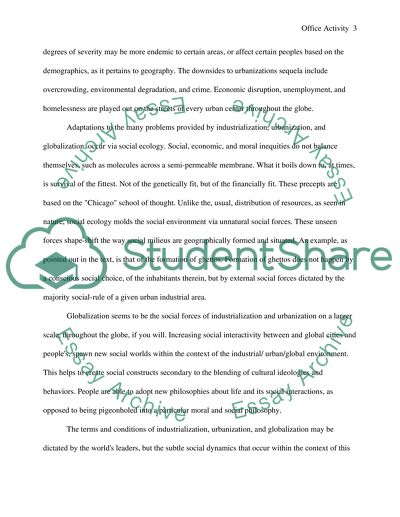Cite this document
(“New Urban Infrastructure Essay Example | Topics and Well Written Essays - 2250 words”, n.d.)
Retrieved from https://studentshare.org/miscellaneous/1526280-new-urban-infrastructure
Retrieved from https://studentshare.org/miscellaneous/1526280-new-urban-infrastructure
(New Urban Infrastructure Essay Example | Topics and Well Written Essays - 2250 Words)
https://studentshare.org/miscellaneous/1526280-new-urban-infrastructure.
https://studentshare.org/miscellaneous/1526280-new-urban-infrastructure.
“New Urban Infrastructure Essay Example | Topics and Well Written Essays - 2250 Words”, n.d. https://studentshare.org/miscellaneous/1526280-new-urban-infrastructure.


